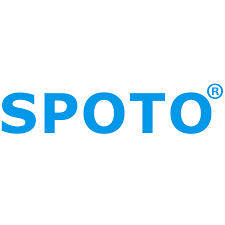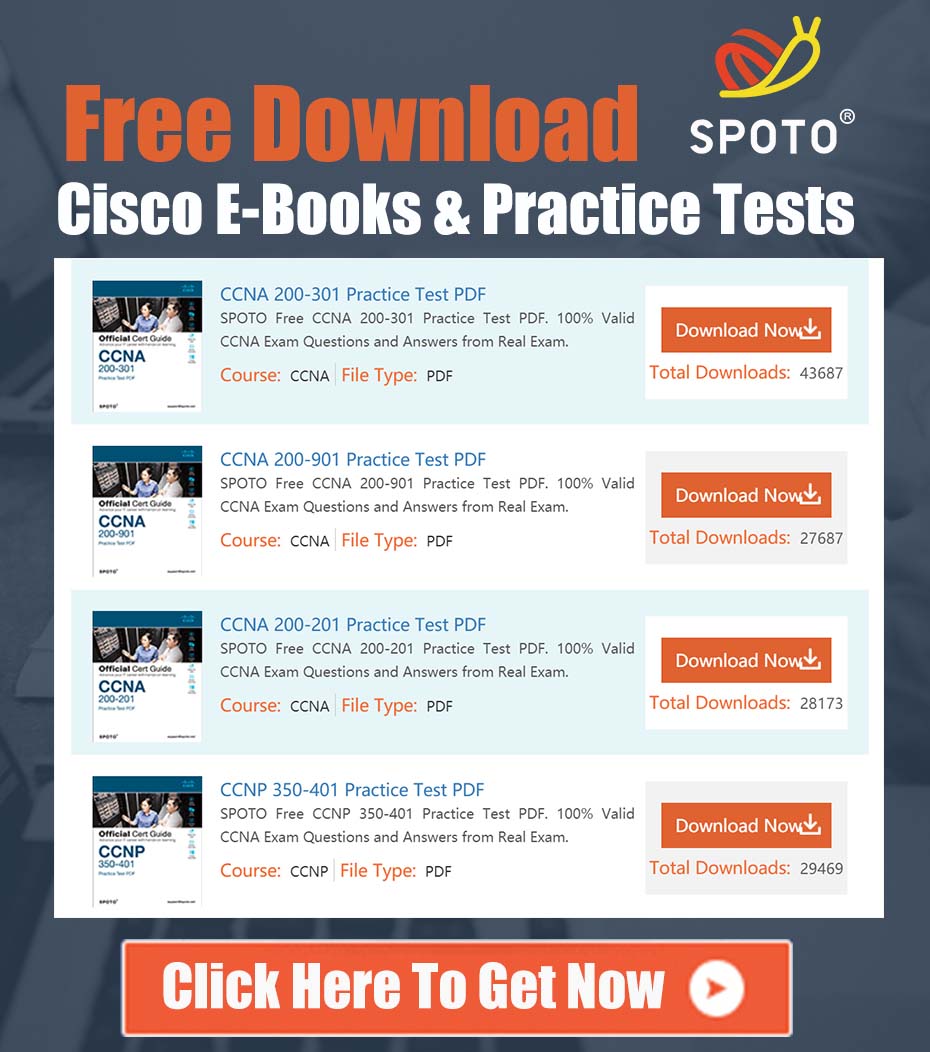
SPOTO Cisco Expert
- SPOTO Cisco Expert
Settle a problem:66
1.0 Introduction
This document provides a comprehensive technical solution for designing and implementing an outbound script in Cisco Unified Contact Center Express (UCCX). The specific use case addresses a common requirement for agentless (IVR) outbound campaigns: playing a pre-recorded audio prompt to a called party and subsequently transferring the call to a designated internal or external Directory Number (DN). This analysis details the initial problem, evaluates the common pitfalls in script logic, and presents a robust, best-practice solution with necessary verification steps.
2.0 Technical Problem Analysis
The core technical challenge involves an outbound script initiated by the UCCX system that fails to complete a call transfer after successfully playing an audio prompt. The intended script logic is as follows:
- An outbound call is successfully placed by the UCCX dialer to a customer.
- The script accepts the call once the customer answers.
- The script plays a designated audio prompt (e.g., an informational message or appointment reminder).
- Upon completion of the prompt, the script should transfer the call to a predefined destination, such as a help desk, a specific agent, or a general contact center queue.
The failure typically occurs at the transfer stage, where the call is disconnected instead of being rerouted, indicating an issue with the transfer method chosen within the script’s logic or an underlying routing misconfiguration.
3.0 Initial Solution Steps and Evaluation
The initial approach to building this script correctly includes foundational steps that are often implemented without issue.
- Script Initiation: The script begins with a
Startstep. - Call Acceptance: An
Acceptstep is used to establish script control over the call leg connected to the customer. - Prompt Playback: A
Play Promptstep is utilized to deliver the audio message to the accepted call.
While these initial steps are correct, this approach is incomplete. The critical flaw lies in the subsequent transfer mechanism. Using a generic step like Redirect can be unreliable in this context. The Redirect step instructs the Cisco Unified Communications Manager (CUCM) to redirect the call, but it relinquishes script control. For outbound calls managed by the UCCX engine, this can lead to unpredictable behavior or outright failure, as the call legs are not handled in a way that guarantees a successful transfer. A more explicit and controlled method is required.
4.0 Comprehensive Engineering Solution
To ensure a reliable and robust prompt-and-transfer outbound script, the following design, incorporating the Place Call step and essential verification checks, is the recommended engineering best practice.
4.1 Recommended Script Logic
- Start: Every script begins with the
Starttrigger. - Accept: Use the
Acceptstep with the default contact (--Triggering Contact--) to take control of the call. - Play Prompt: Configure the
Play Promptstep to play the desired audio file to the customer. - (Optional) Delay: It is advisable to insert a short
Delaystep (e.g., 1-2 seconds) after thePlay Promptstep. This ensures the prompt playback fully completes before the transfer logic is initiated, preventing any audio cutoff. - Place Call (Crucial Step): This is the core of the solution. Instead of
Redirect, use thePlace Callstep. This step instructs UCCX to initiate a new call from one of its CTI ports to the destination number and then bridges the new call leg with the existing customer call leg.- Configuration:
- In the
Place Callstep properties, set the Destination field to a string variable containing the target DN (e.g.,"12345"). - The Contact field should be the
--Triggering Contact--. - This step has two primary output branches:
SuccessfulandUnsuccessful.
- In the
- Configuration:
- Error Handling & Termination:
- Successful Branch: If the call is placed successfully, the script has completed its primary function. The call is now connected between the customer and the target DN. The script’s path should lead to an
Endstep to terminate the script gracefully. - Unsuccessful Branch: If the
Place Callstep fails (e.g., the destination is busy, invalid, or unreachable), the script should handle the failure. This could involve logging an error, retrying the call placement, or simply proceeding to anEndstep. This prevents the script from getting stuck.
- Successful Branch: If the call is placed successfully, the script has completed its primary function. The call is now connected between the customer and the target DN. The script’s path should lead to an
- End: All logical paths of the script must terminate with an
Endstep.
4.2 Prerequisites and Configuration Verification
A script failure is often caused by misconfiguration in the underlying telephony platform. Before deploying the script, verify the following in CUCM:
- CTI Port Calling Search Space (CSS): The CTI ports used by your UCCX Application/Trigger for placing the outbound calls must have a CSS assigned to them. This CSS must contain a partition that includes the target transfer DN. If the CTI port lacks the permission to dial the number, the
Place Callstep will fail. This is the most common point of failure outside the script itself. - Route Plan: Ensure a valid route pattern exists in CUCM that matches the destination DN and can route the call accordingly.
5.0 Conclusion
The key to successfully implementing a UCCX outbound prompt-and-transfer script lies in using the appropriate scripting step for call control. The Place Call step provides a deterministic and reliable method for transferring an outbound call after a prompt, offering superior control and error handling compared to other methods. By combining this robust script logic with a thorough verification of the underlying CUCM calling permissions and route plan, administrators can ensure consistent and successful execution of their agentless outbound campaigns.
